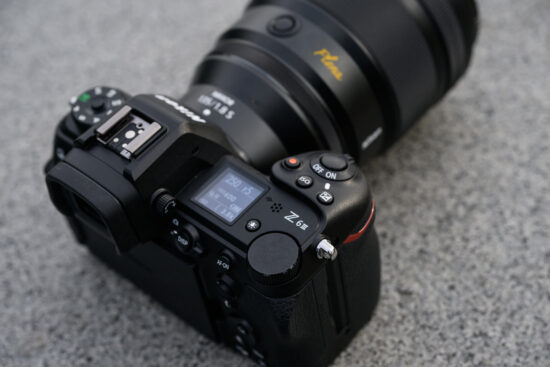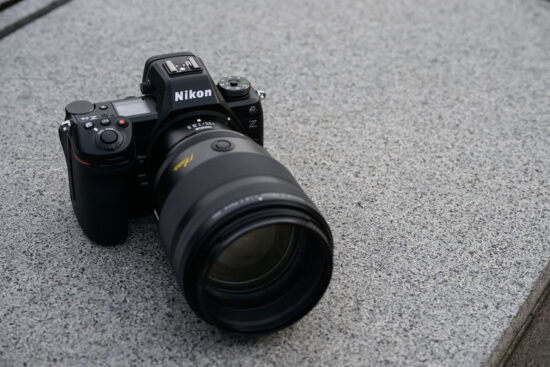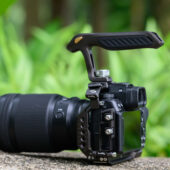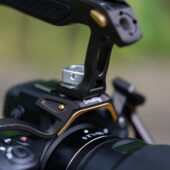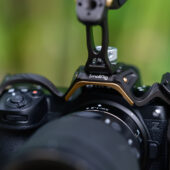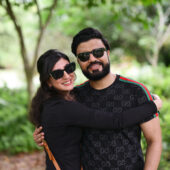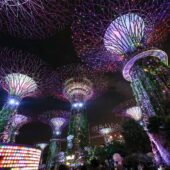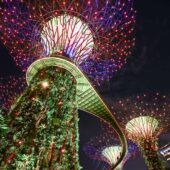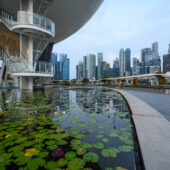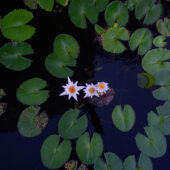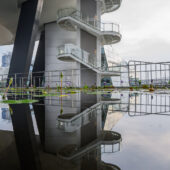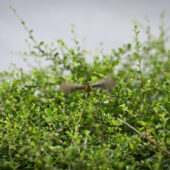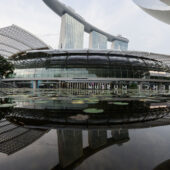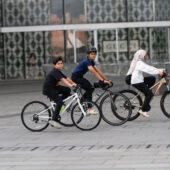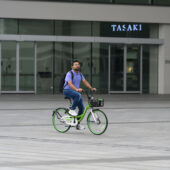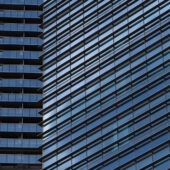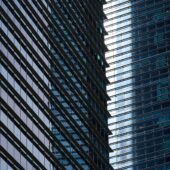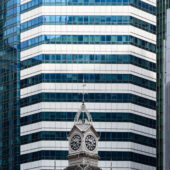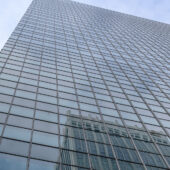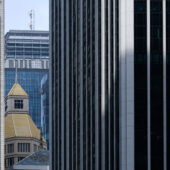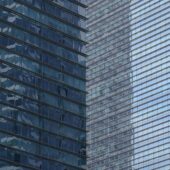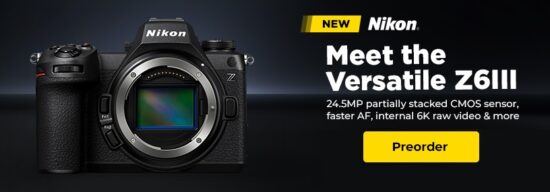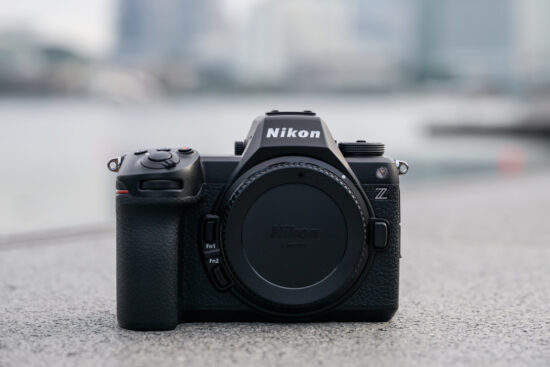
Nikon Z6 III review, low light, autofocus, real-world performance analysis by Zachary Lai (Website | Instagram | Facebook | YouTube, see also his previous Nikon Z8 guest post):
Introduction
The much-anticipated Nikon Z 6 III is finally here and thanks to Nikon Singapore, I’ve had a chance to review their latest mirrorless camera in the Nikon Z lineup.
Partial Stacked Sensor
So the newest thing about the Z 6 III is what Nikon calls the Partial Stacked Sensor. Think of it as a cross between the traditional CMOS sensors and the stacked sensors in the Z 8 and Z 9. This means the fastest sensor readout and supposedly lesser rolling shutter issues. It can go up to 1/16000, 14 frames-per-second with the mechanical shutter, 20 fps with electronic shutter, and 120 fps if you don’t mind shooting in APSC crop. The same shutter sounds as the ones you have in the Z8 and Z9 are also available for customisation.
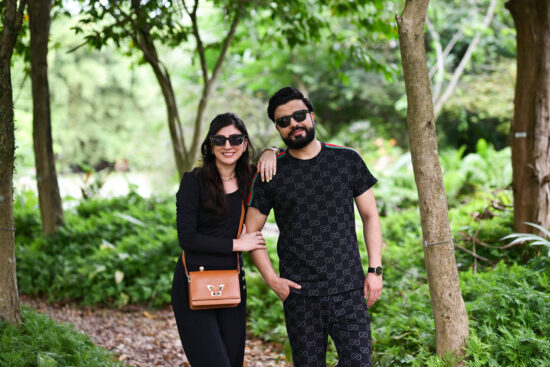
Nikon Z 6 III, Z 50mm F1.2 S, iso320, 50mm, f1.4, 1/320s. Came across a lovely couple who don’t mind their photos taken with the new camera.
24 Megapixel Full Frame Body
The Nikon Z 6 III is still a 24-megapixel full-frame camera body, and I suspect a few people are disappointed with it. Honestly, as an events and weddings photographer, I think 24MP is plenty. If you do need a higher megapixel count for landscape, higher dynamic range and lower noise rendition, the Nikon Z6iii is capable of pixel shift shooting that allows you to go up to 32 images for a 96MP image.

Camera Ports
The Nikon Z 6 III takes a CF Express Type B memory card and an SD card. On the other end of the camera you have the same USB C socket for power delivery, charging and transfer, a full sized HDMI port, accessory port, 3.5mm audio jack port and a new line-in audio input.
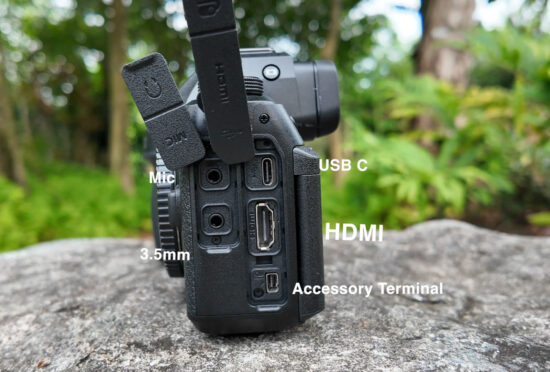
Electronic ViewFinder
Here’s something that the camera has better than the Z 8 and Z 9. The Z 6 III has the brightest EVF in the market right now with brightness levels of up to 4000 nits. While the display itself has 5670 dots, and boasts P3 color gamut for live-like colours. If you’re hesitant to switch to mirrorless cameras because of the viewfinder, you might want to take a look at how good this EVF looks.
Back LCD Screen
The Nikon Z 6 III has a fully articulating screen like its Z fc and Z F counterparts. It’s a 3.2” panel, 2.1 million dots that can be rotated forwards which is good if you’re vlogging or taking a selfie, but for professional event and wedding photography I still prefer the screen that tilts upwards.
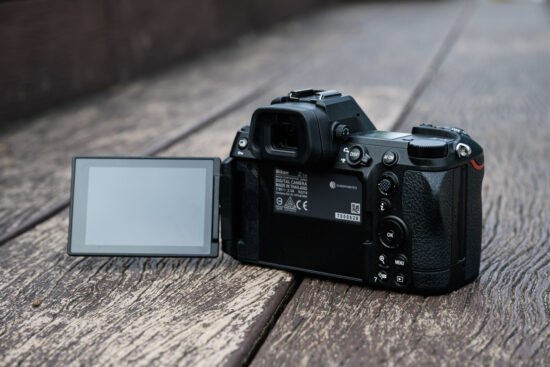
If you’re into astrophotography and thinking of using this camera, the good news is that it does have Starlight View and Warm Display Colour settings.
Autofocus and Vibration Reduction
I managed to get some tourists to volunteer for some sample images. You can’t tell from these images but it is getting pretty dark and the camera’s face and eye detection seems to be working excellent even in dim conditions. Similar to the Nikon Z F, the camera can link Vibration Reduction to your selected focus point which gives you 8 stops of VR.

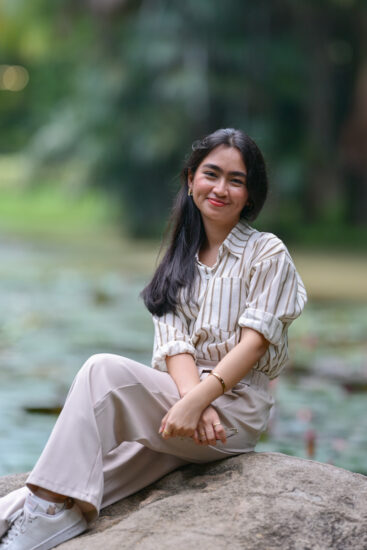
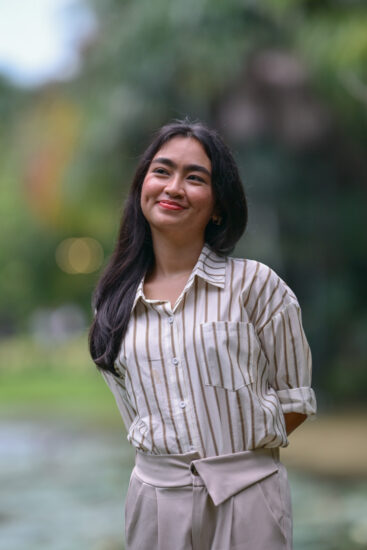
Battery
The new camera uses the same EN-EL15 batteries as its predecessors, which is good news for someone like me who uses multiple Nikon Z cameras. These cameras can now all share the same batteries and chargers.
Low Light Performance
The Nikon Z 6 series has always been known for being the best Z mirrorless cameras for low light capability and I’m very interested to see how the new body performs in this aspect.

Nikon Z 6 III, Z 50mm F1.2 S, iso25600, 50mm, f1.8, 1/160s. Image captured in JPEG, no noise reduction applied, cropped in close to show noise.
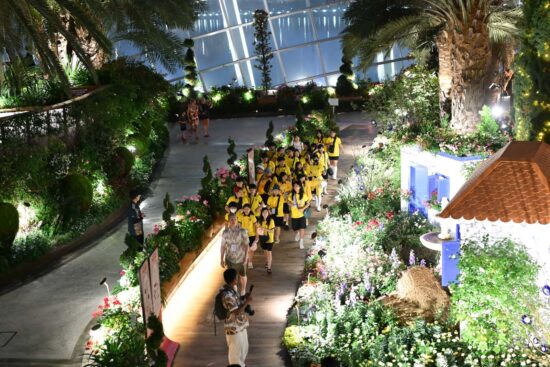
Nikon Z 6 III, Z 50mm F1.2 S, iso6400, 50mm, f2, 1/100s. Image captured in JPEG, no noise reduction applied.
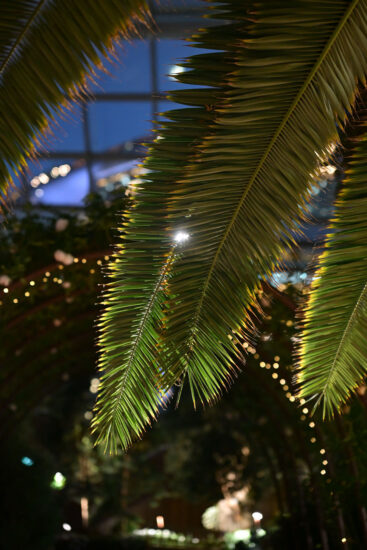
Nikon Z 6 III, Z 50mm F1.2 S, iso6400, 50mm, f1.6, 1/160s. Image captured in JPEG, no noise reduction applied.
You’re gonna have to take my word for it but it is really dark in here. I found this beautiful couple who agreed to have their photos taken. For AF performance in low light, it’s easier for you to see if you watch on the video on YouTube. To see the noise, check out these images.

Nikon Z 6 III, Z 50mm F1.2 S, iso8000, 50mm, f2.2, 1/60s. Image captured in JPEG, no noise reduction applied.

Nikon Z 6 III, Z 50mm F1.2 S, iso8000, 50mm, f2.2, 1/60s. Image captured in JPEG, no noise reduction applied
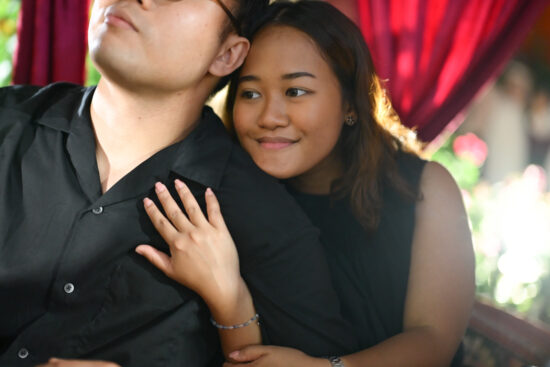
Nikon Z 6 III, Z 50mm F1.2 S, iso4000, 50mm, f1.2, 1/60s. Image captured in JPEG, no noise reduction applied.
There’s also this gentleman who volunteered to have his photo taken.
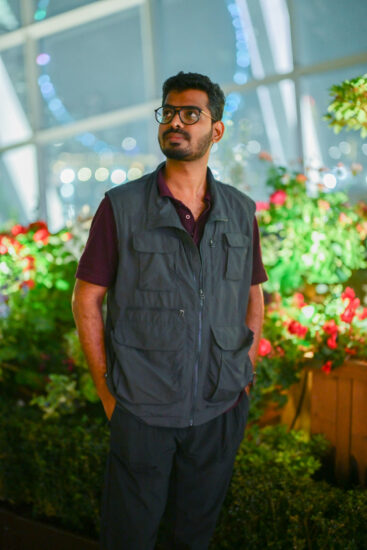
Nikon Z 6 III, Z 50mm F1.2 S, iso3200, 50mm, f1.2, 1/60s. Image captured in JPEG, no noise reduction, minimal post production.
These conditions are frankly very challenging for any camera as there’s hardly any light in the area, but you can’t see how dark it really is in the photos with the ISO cranked up. I think the Z 6 III did a great job, definitely better than what my Z 8 can do under these circumstances.
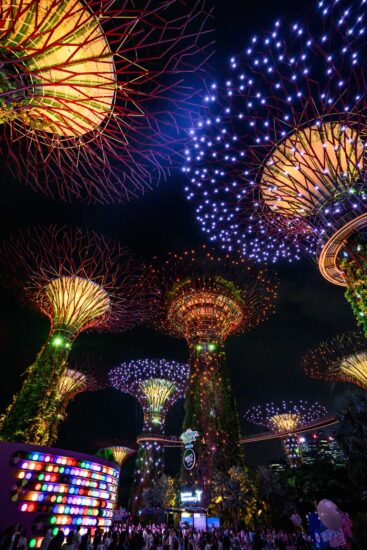
Nikon Z 6 III, Z 14-30mm F4 S, iso2000, 14mm, f4, 1/60s. Handheld. Image captured in JPEG, no noise reduction, minimal post production.
Ergonomics
Do Nikon Z 6 III shares almost the same design and body as the Z 5, Z 6 and Z 7 series of mirrorless cameras except for a light button on its top panel. It’s small, comfortable to hold but I’d prefer a heftier body so that my pinky finger has something to grip on to. I was hoping that my old L-plates will work with the new body but the articulating screen on the back gets in the way.
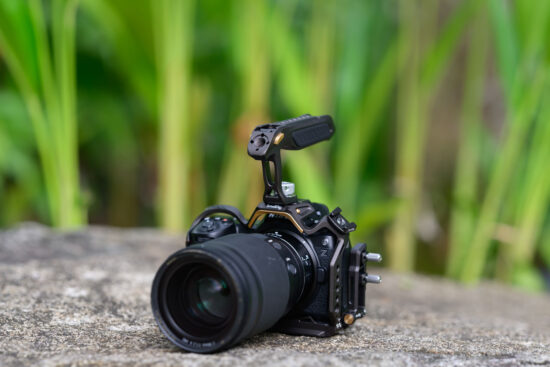
The Smallrig Night Eagle for Nikon Z 6 II. It’s a thing of beauty, with brown leather grips and golden accents:
SmallRig released new cage kits for Nikon Z6 III cameras, including a “Night Eagle” version
Conclusion
So who is this camera for? I think anyone who has not yet switched to a mirrorless camera should take a serious look at this camera. Its EVF is bright and colours are wonderful so don’t be deterred by the lack of an optical viewfinder. The Nikon Z 6 III is not as expensive as its Z 8 counterpart, and is a powerful full frame camera body in its own right. It’s probably the best low light performing Z body in Nikon’s lineup right now. Its video capabilities are also no slouch with 6K/60p N-Raw video, 6K/30p ProRes Raw and 5.4K/60p H.265 video. As for professionals in the events and weddings space, who doesn’t want better noise handing and low-light performance? That said, I’m not a huge fan of the fully articulating screen as I find the tilting screen of the Z 8 and Z 9 more comfortable and easier to use. However, with its price point at 3,899 Singapore Dollars, it’s definitely something to consider.
Sample Gallery
Zachary Lai is a professional photographer and YouTuber based in Singapore.
He also runs the Singapore Photography Community, a local community that organizes monthly photo walks and workshops.
If you have an interesting idea for a guest post, please contact me here.
